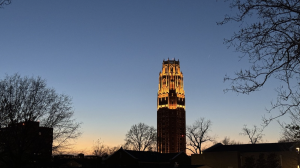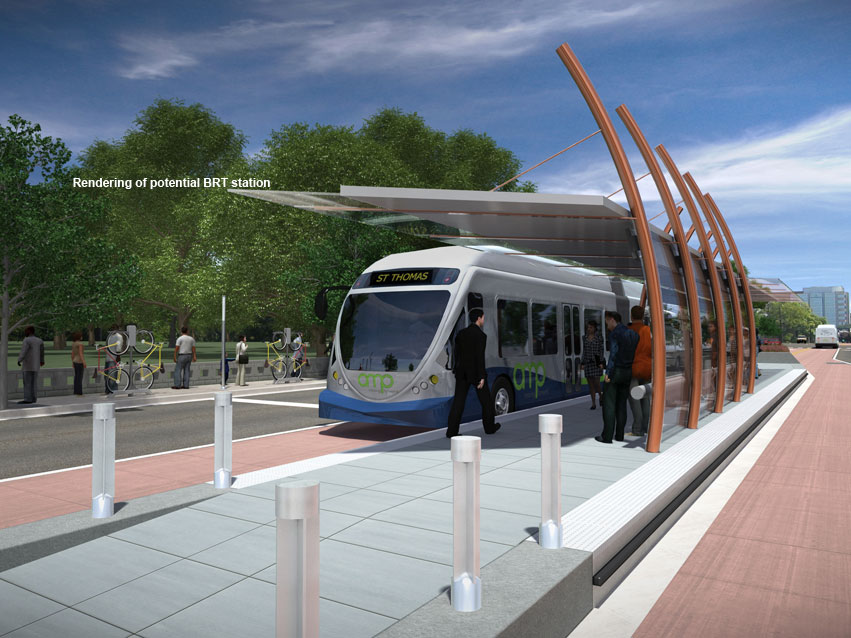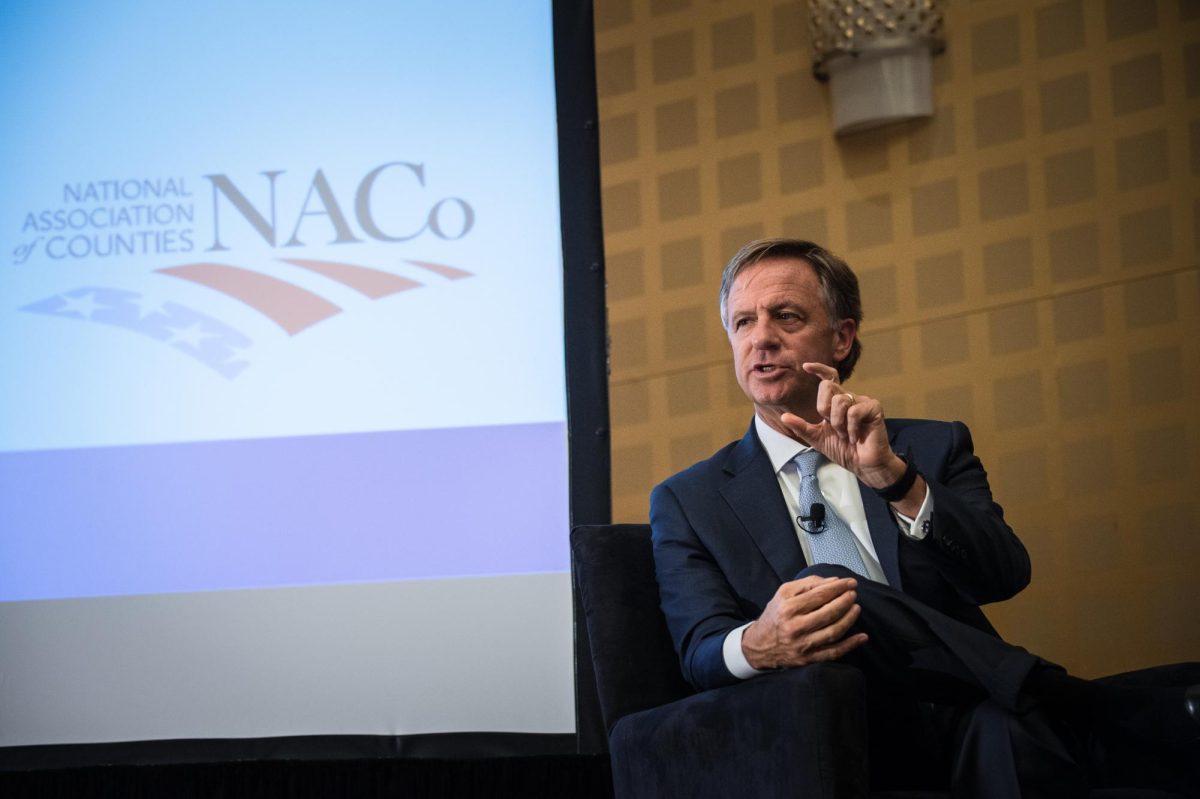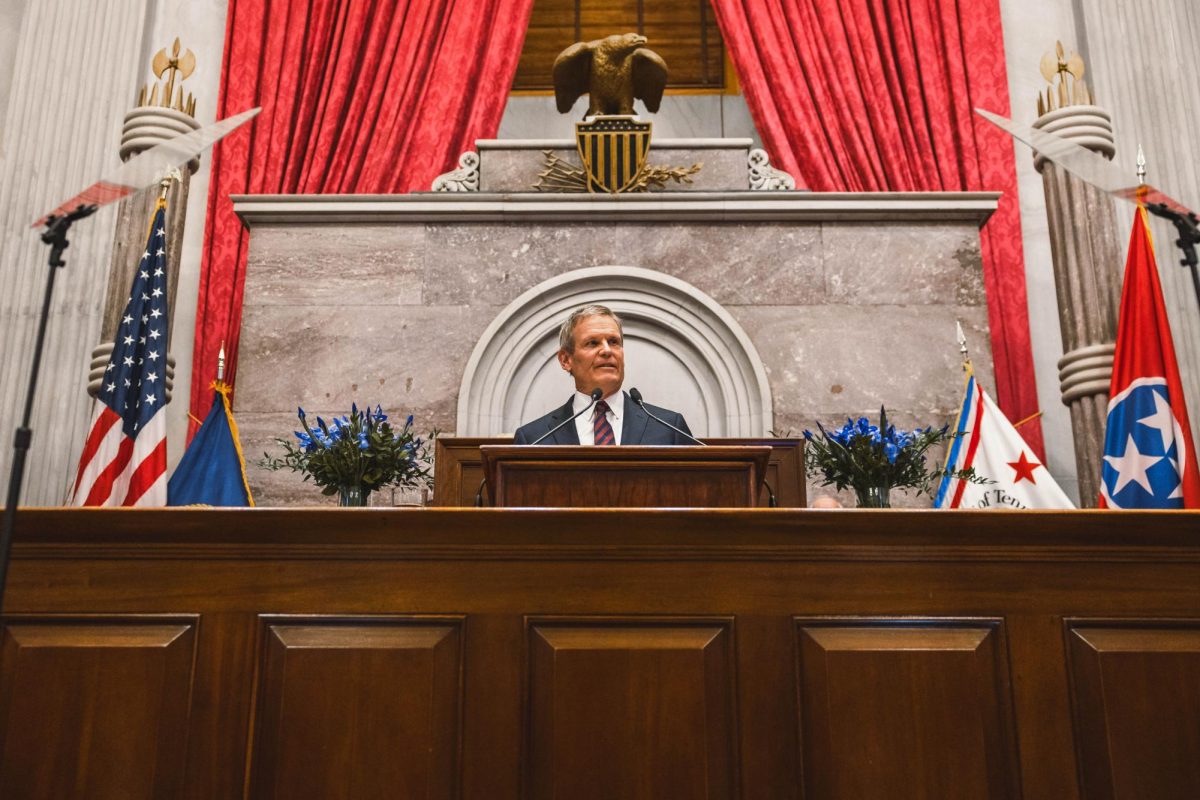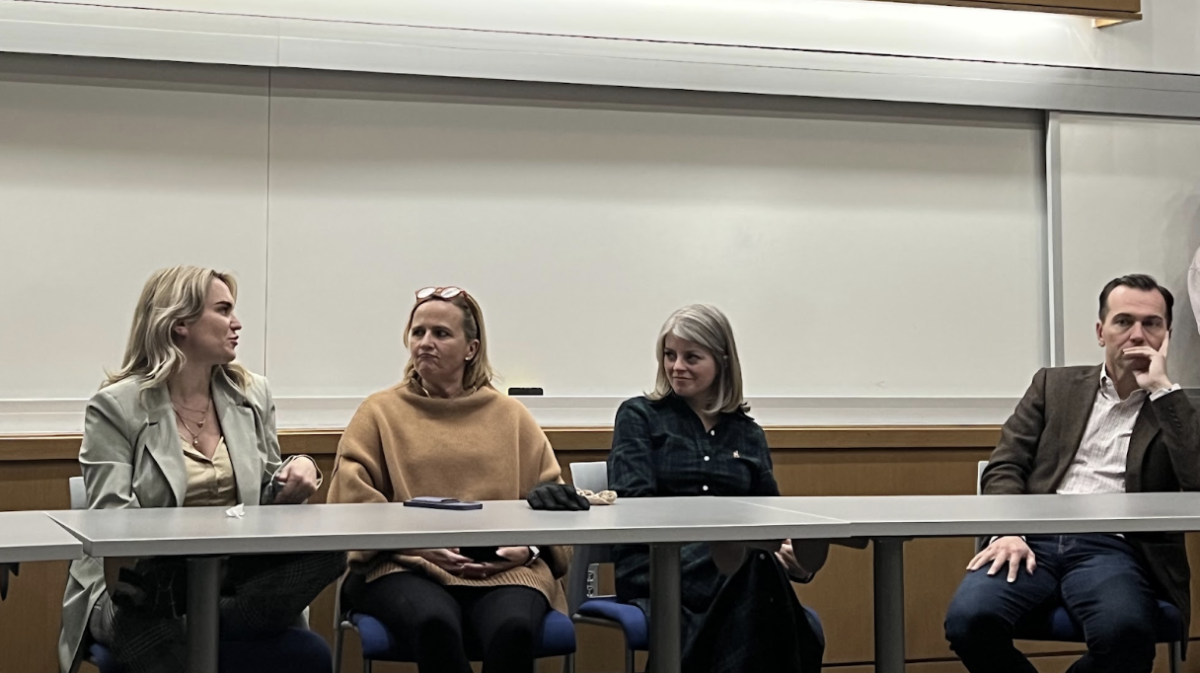Throughout Nashville, attention-grabbing crimson signs emblazoned with the phrase “Stop Amp” have been steadily multiplying, spreading from lawn to lawn at a blistering pace. Fortunately, the incursion of these dastardly maroon invaders has recently begun to meet stiff opposition from heroic emerald signs proudly displaying the forward-thinking, eloquent, and egalitarian battle cry “Amp Yes”. These two signs represent the two opposing camps facing off over the development of the controversial Nashville Amp, a new transit system that is just the most recent of Nashville’s large-scale development projects being spearheaded by Mayor Karl Dean.
Since his election in 2007, Nashville Mayor Karl Dean seems to have been making an effort to emulate the governing style of former Nashville Mayor and Tennessee superhero Phil Bredesen, who served from 1991-1999. It was through his methods of enacting large, attention-grabbing projects, such as securing both an NFL and an NHL franchise for Nashville and building the Nashville (currently Bridgestone) Arena, that Bredesen made a name for himself in Middle Tennessee. It’s these strategies that Mayor Dean has been undertaking, as evidenced by the recent opening of the massive Nashville Convention Center and the proposed development of the aforementioned transit system.
The Nashville Amp, a currently in-development 7.1-mile bus rapid transit (BRT) system through the heart of downtown, has in the past few months become one of the most controversial local political issues in the public eye. The proposed line, which will run from the St. Thomas Hospital area on West End to Five Points in East Nashville, will have its own dedicated two lanes, allowing the Amp buses to move more freely and quickly in what is otherwise often gridlocked traffic.
It’s that traffic that’s one of the primary motivators for this project. The population of Nashville’s larger metropolitan area is expected to increase by about 1 million people by 2035. Most urban development projects along this route are nearing completion, and more and more businesses and residents are moving in to adjacent areas like Midtown. What all of this means is that estimated transit time from St. Thomas Hospital to Bridgestone Arena is expected to almost double within the next three years. Something undeniably has to be done immediately to prevent what is already an outrageously traffic-heavy area from becoming utterly out of hand.
This is the right time for Nashville to do this, and not just because of the strains put upon us by increased growth. This is also a point at which we have it within our ability to undertake projects like this because of our relatively strong economic standing. While Nashville by no means skated through the recession unscathed, we have been something of a success story in terms of our recovery. Brookings Institute has been tracking the progress of the recovery of the nation’s 100 largest metro areas, and Nashville currently ranks 6th overall in terms of the level to which we have recovered from the recession. This economic success has given way to what is becoming a widespread notion of Nashville as a heretofore overlooked jewel of the South, a modern boomtown that is fast on the rise. It’s in our best interests to foster that perception.
That brings us to another important quality of the Amp- the superficial aspect. To put it bluntly, the Amp looks good. It’s an urban development project with a slant towards beautification and reducing carbon emissions that is also clearly forward thinking (each bus will have free Wi-Fi). It’s projects like this that bring not only national attention to a city but also investment, investment that will serve to further stimulate and grow Nashville’s urban center.
Despite these benefits, the Amp has its share of naysayers, who have joined together to form the aptly named Stop Amp campaign. One of their main grievances is that the West End-Five Points route is not ideal, with many claiming that a route that travels down the parallel Charlotte Pike would stimulate more growth while causing less traffic. A second concern is that the Amp will actually increase congestion at certain key areas both during and after construction. And honestly, to a certain extent, both of these claims are correct. Charlotte Pike is far less developed than West End and also less heavily trafficked. Traffic congestion for automobiles will temporarily increase as lanes on parts of this route are dedicated to the Amp, and as drivers switch to new routes such as 21st Avenue. Where the naysayers fall short, however, is in the fact that they’re looking at the Amp as the end all be all of traffic initiatives, when in fact it’s only the beginning of a larger vision
The Amp isn’t intended to be a stopgap solution – it is ideally to be the first of many projects, including other BRT’s, aimed at expanding public transportation and solving traffic concerns in the Nashville area. For any of those to work, though, the Amp has to succeed, and for the Amp to succeed, it needs to be set up along this particular route right now. This is because the developers of the $174 million Amp are seeking up to $75 million in federal grant funds through the Small Starts program. To receive these grants the project must be highly visible, and that means that in order to have the best chance of receiving this funding, the Amp has to be on this West End-Five Points route, which is essentially Nashville’s Main Street. If the Amp doesn’t get the funding, then the Amp doesn’t happen at all, and if the Amp doesn’t happen, there’s no jumping off point and prototype on which to base future projects, projects that would have not only alleviated any traffic problems that the Amp gave rise to but also strengthened urban Nashville to an even greater extent. So yes, North Nashville needs something like this. Yes, Charlotte Pike needs something like this. But what Stop Amp fails to realize is that those projects will never happen without taking this first step.
The bus rapid transit model, which is best thought about as a sort of streetcar system without the railway, is also the only viable method for dealing with these concern. Roads simply cannot be widened enough to solve these problems because of the obvious logistical constraints presented by the essentially fixed line of storefronts. Rail cars are prohibitively expensive and would require even more construction causing even more short-term traffic. Expansion of existing bus services is the solution most frequently bandied about by the Stop Amp-ers, but BRTs are superior to basic buses in that they not only increase ridership but also cut down on travel time by up to 35%. This is not to mention the fact that as traffic continues to increase, something that no one denies will happen, buses will be caught in the same congestion that cars are, making the buses irrelevant as a faster, more convenient means of transportation.
Something has to be done. Nashville is at a fork in the road. We can choose to control our own destiny, to grow ourselves as a cultural and economic center with a conscious plan in mind and work towards a cohesive vision for the future. Or we can let gridlock and bickering from those who don’t have a solution of their own stall us, until it’s too late to address these concerns and we become just another ugly, middling city with another ugly, middling downtown. These are the decisions that will determine what Nashville will look like in ten, twenty, thirty years. Let’s make the right decision.
[Image Credit: http://nashvilleguru.com/wp-content/uploads/2013/05/amp-nashville-mock-up.jpg]

